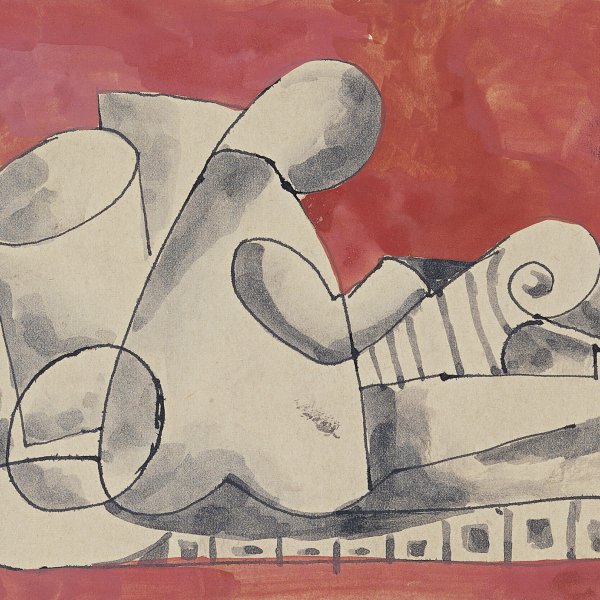Béla Kádár
Béla Kádár came into contact with the art world through his travels to Munich and Paris and he later studied at the Budapest Academy of Fine Arts directed by Jószef Rippl-Rónai. He was attracted to the Impressionist painters and the Vienna secessionists, and after a visit to Berlin in 1912 his painting was influenced by Expressionism and Futurism.
When the First World War erupted, Kádár joined up voluntarily in 1914 and, despite the inevitable halt this meant in his career, by 1918 his work was displayed in a one-man show in Budapest. In 1921 he exhibited at the Hevesi Salon together with Hugo Scheiber, an artist who shared his artistic ideas. The two of them represented a divergent offshoot of the ideas championed by the magazine MA and its editor Lajos Kassák. Whereas MA advocated a Constructivist approach, Kádár remained in touch with the visible world, which he interpreted from an Expressionistic viewpoint close to the work of Marc Chagall. Even so, some of his works display a clear interest in geometricisation.
During the 1920s Kádár came into contact with Herwarth Walden, the editor of the review Der Sturm and founder of the gallery with the same name, which showed his work in 1923. He also took part in various exhibitions in the United States, such as the International Exhibition of Modern Art staged in 1927 by the Brooklyn Museum in New York, where he lived for a year. Following the end of the Second World War, which he survived in the Jewish ghetto in Budapest, he produced a book with illustrations on the atrocities committed by the Nazis.





